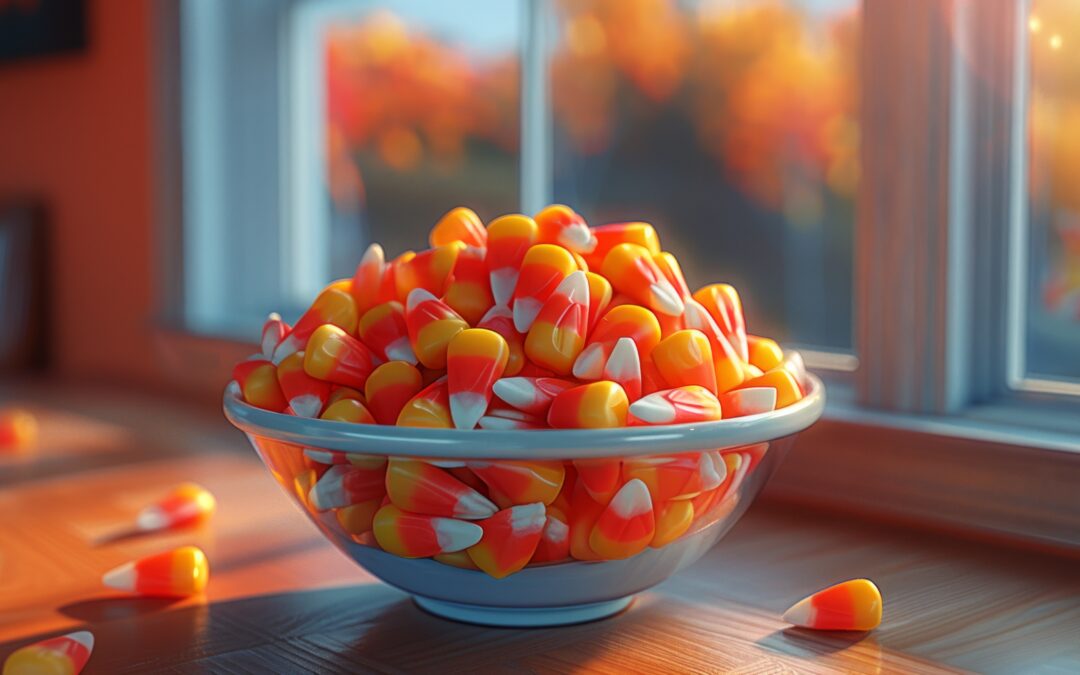Candy corn was first created in the 1880s by George Renninger, a candy maker at the Wunderle Candy Company. Initially called “Chicken Feed” due to its resemblance to corn kernels, the treat quickly gained attention for its unique appearance. However, it wasn’t until the 1950s, when mass production took off, that candy corn became a quintessential Halloween treat. As manufacturers began marketing it for the season, candy corn’s popularity surged, making it a nostalgic and festive staple of autumn.
The process of making candy corn is as intriguing as its origins. Made from sugar, corn syrup, and marshmallow, this chewy candy is famous for its three-layered colors: yellow, orange, and white. Each color is poured in stages into molds, allowing the layers to harden before adding the next. This careful method ensures that each piece of candy corn showcases its signature look, making it visually striking and fun to eat.
Though candy corn can be polarizing—some love its sugary simplicity, while others avoid it—it has earned its place as a symbol of Halloween. Its association with trick-or-treating, festive gatherings, and colorful fall decor makes it a cherished part of seasonal celebrations. Candy corn has even inspired themed products like flavored snacks and decorations, further securing its spot in Halloween tradition.
The history of candy corn highlights how a simple treat can become deeply woven into holiday culture. Whether you enjoy eating it or just appreciate its nostalgic charm, candy corn remains a sweet icon of autumn. So, as Halloween approaches, grab a bag and enjoy this classic candy while savoring a piece of history.


